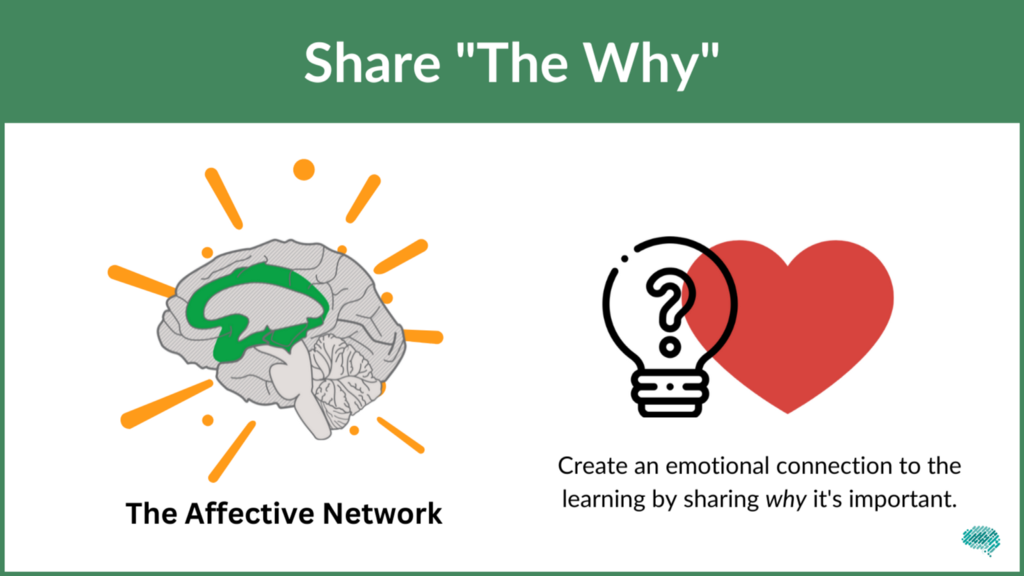“If a [person] can’t learn the way we teach, maybe we should teach the way they learn.”
-Anonymous
One of the simplest yet most profound findings from the field of educational neuroscience is the fact that each of us learns in a different way. Intuitively we know this. In reality, however, we often fail to design for it. What we do instead is we tend to design for the so-called “average learner,” we teach the way we were taught or we teach the way that we learn best. We assume that this method will work for everyone else, but nothing could be farther from the truth.
As a result, our instruction–whether online or in-person–doesn’t meet the needs of all learners. And when our learners don’t learn, it doesn’t just impact their own personal growth and journey–it has an impact on our business and our potential as well. (Do you think you will receive a referral if a client didn’t feel an impact? Probably not.)
So where does one begin? If there is an infinite amount of variability, then how does one begin to think about how we design for it (especially when there is only one of you and so many people to design for). The easiest way to think about it is to “design for the margins.” We need to proactively think about the learners who need the most amount of support and the greatest level of challenge and offer those tools and supports to everyone.

When we design for learners in the margins, we make the learning experience better for everyone.
In your business or online course this means


Share the Why
Learners want to know why something matters. In fact, knowing why something matters increases our willingness to actually complete the task. For example, if you’re a fitness instructor and you tell a learner to breathe in a certain way, telling a learner why they should do it that particular way and what the impact would be helps the learner understand the value of the technique so they can apply it in their daily practice. Sharing the why taps into the Affective Network of the brain and helps create an emotional investment.

Your Checklist
· Offer information in more than one medium (visual, written, or auditory)
· Include checklists to support action taking
· Share the why with learners
Remember, when we proactively design these supports, we do less work retroactively — and that means less repeating, less reteaching and a greater appreciation from your clients.
If you enjoyed this post, visit learningkeyworks.com for more content on how to design flexible online learning environments. If you’re ready to revamp your online course and unlock potential, sign up for our online course — Supercharge Your Online Course.

Learning Key is committed to providing a website that is accessible to the widest possible audience, regardless of technology or ability. We are actively working to increase the accessibility and usability of our website. In the meantime should you experience any difficulty in accessing the Learning Key website or tools, please don’t hesitate to contact us at support@learningkeyworks.com.